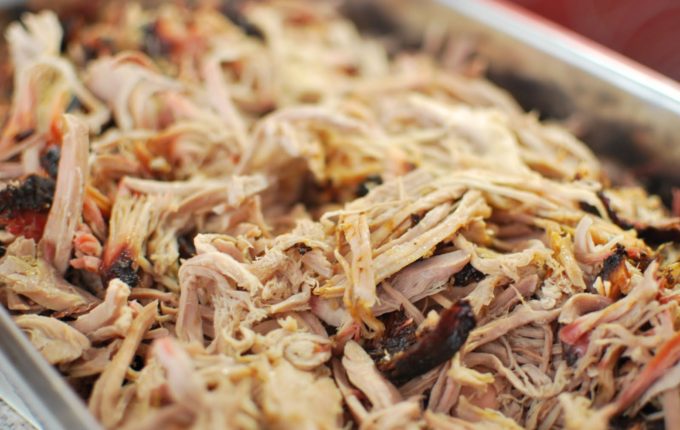You can fry it, roast it, smoke it, cook it upside-down or even in a bag. But regardless of how you fix it, the centerpiece of most dinner tables this Thanksgiving will be a turkey. We were planning to give a brief history lesson of how turkey became the America’s Thanksgiving staple but apparently it is a matter of much debate, so we’ll steer clear. However, we will take the opportunity to show our appreciation to the hardworking farmers that provide this delicious Thanksgiving centerpiece every year by highlighting the importance of this commodity to our state with some great facts. So this year while shopping for that perfect turkey be sure to think about our turkey producers and maybe share a few of these fun facts around the table.
18 factoids about turkeys
- North Carolina ranks second in the nation in turkey production
- In 2016, more than 1.2 billion pounds of turkey were produced in NC
- Turkey, NC (near Clinton) is one of only three towns in the U.S. named Turkey
- 33.5 million turkeys were produced last year in NC
- The most turkeys ever produced in NC was in 1992 when farmers raised 62 million turkeys
- Last year, the value of turkey production was nearly $1 billion
- In 2016, the average American consumed about 16.7 pounds of turkey
- Headquartered in Garner, Butterball is the largest producer of turkey products in the U.S.
- The male turkey is called a tom and the female turkey is called a hen
- The “Turkey Trot” (ballroom dance) was actually named for the short, jerky steps that turkeys take
- Turkeys can see in color but not well at night
- Turkeys are related to pheasants and lived almost ten million years ago
- Turkey consumption more than doubled since 1970
- In 2015, turkey was the #4 protein choice for American consumers
- Almost 70 percent of U.S. turkey exports go to Mexico
- Turkey eggs hatch in 28 days
- Turkey is low in fat and has more protein than chicken or beef
- A 15 pound turkey usually has about 70 percent white meat and 30 percent dark meat

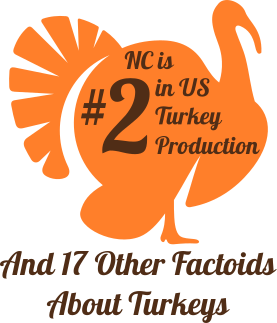
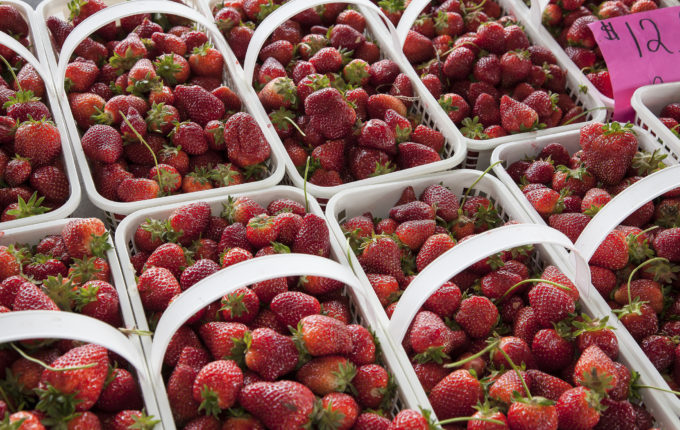
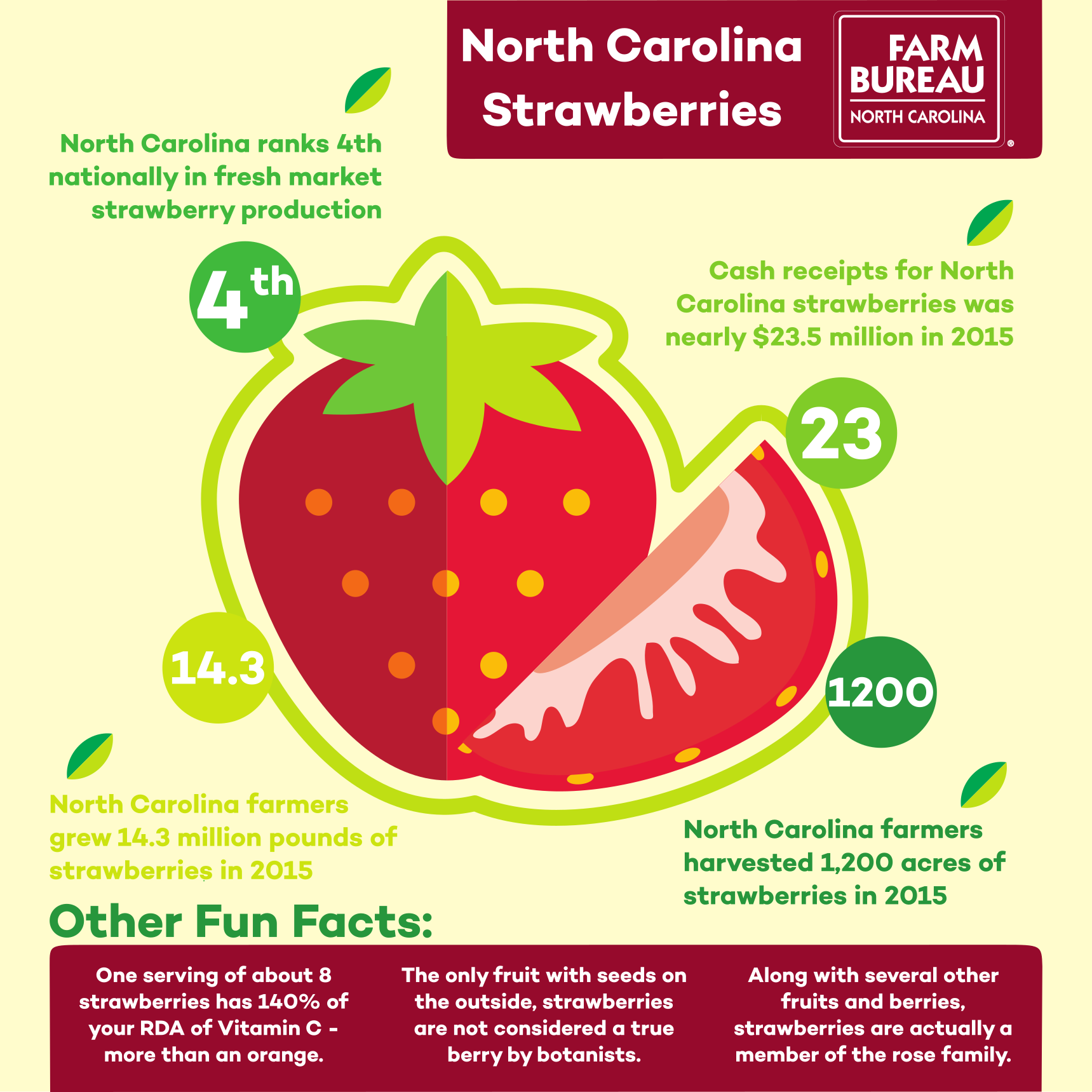

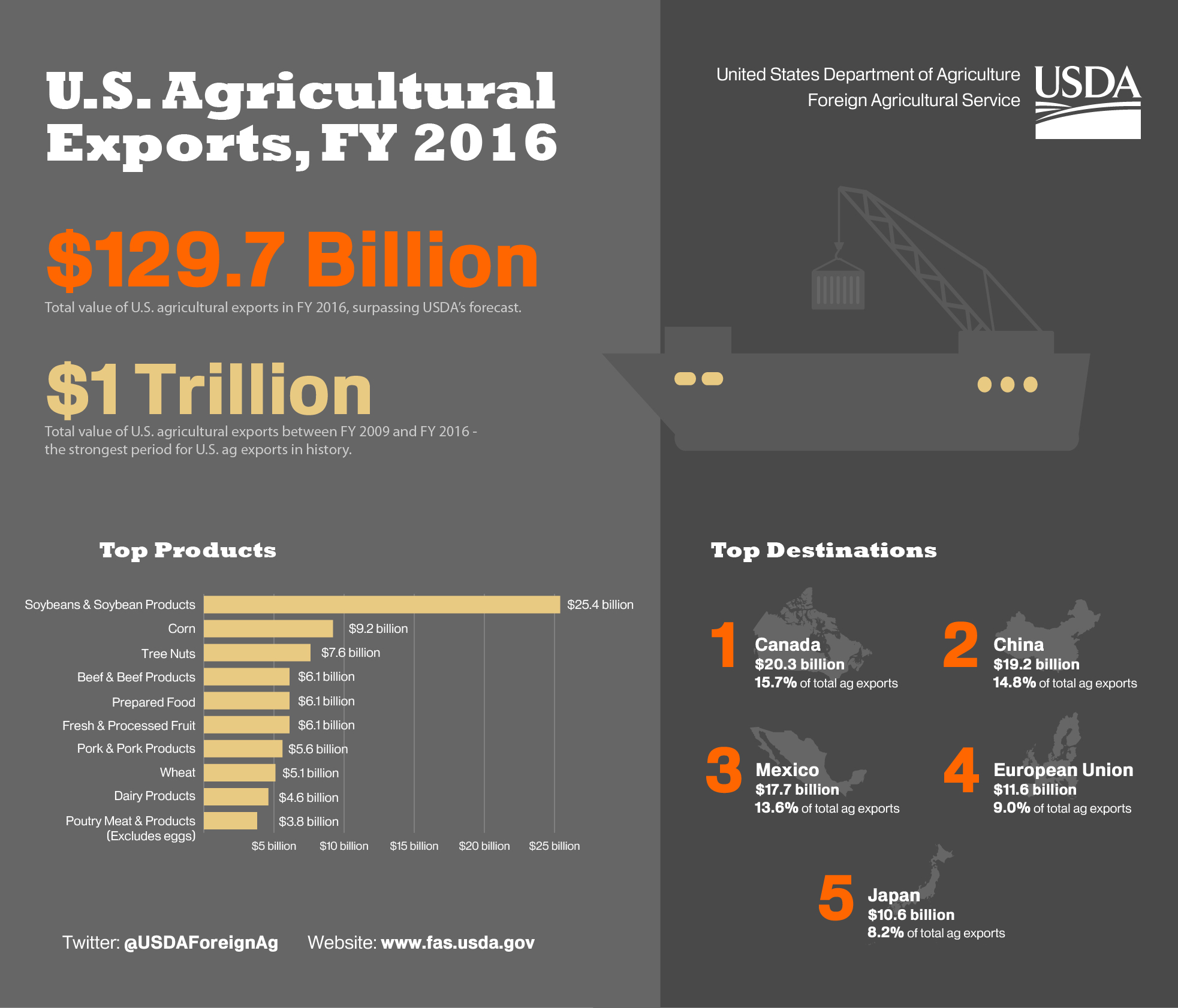
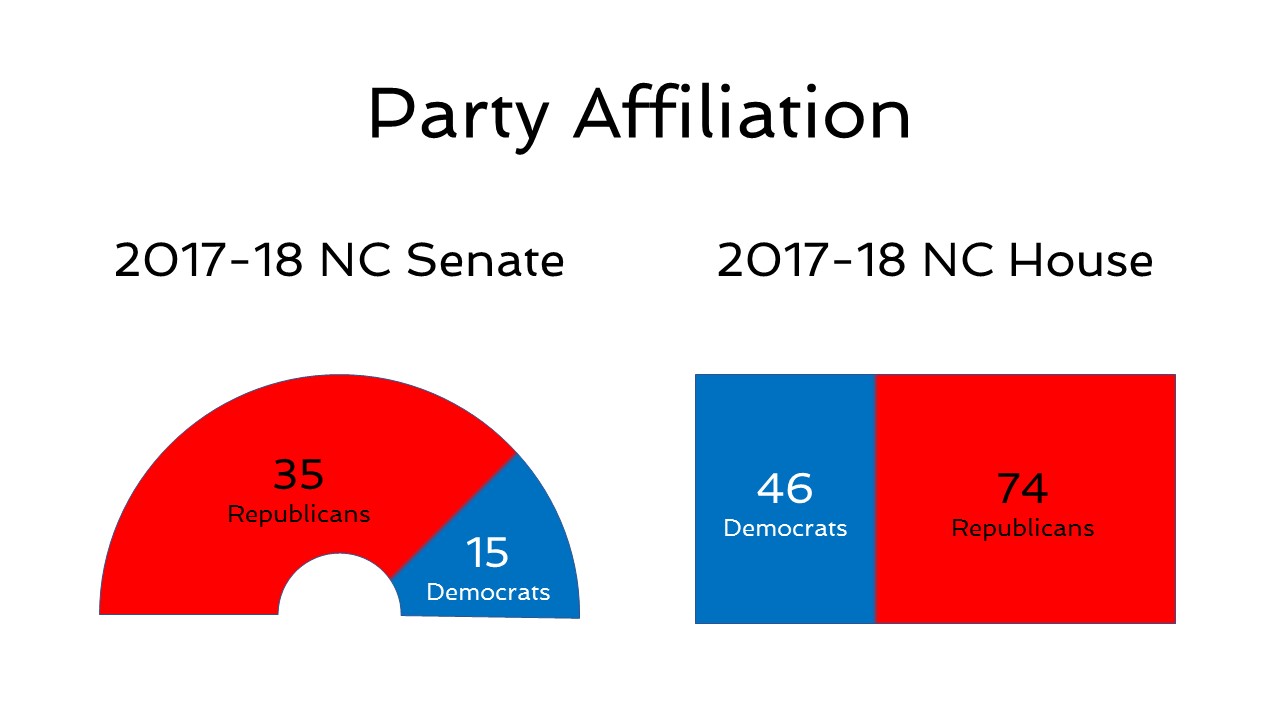
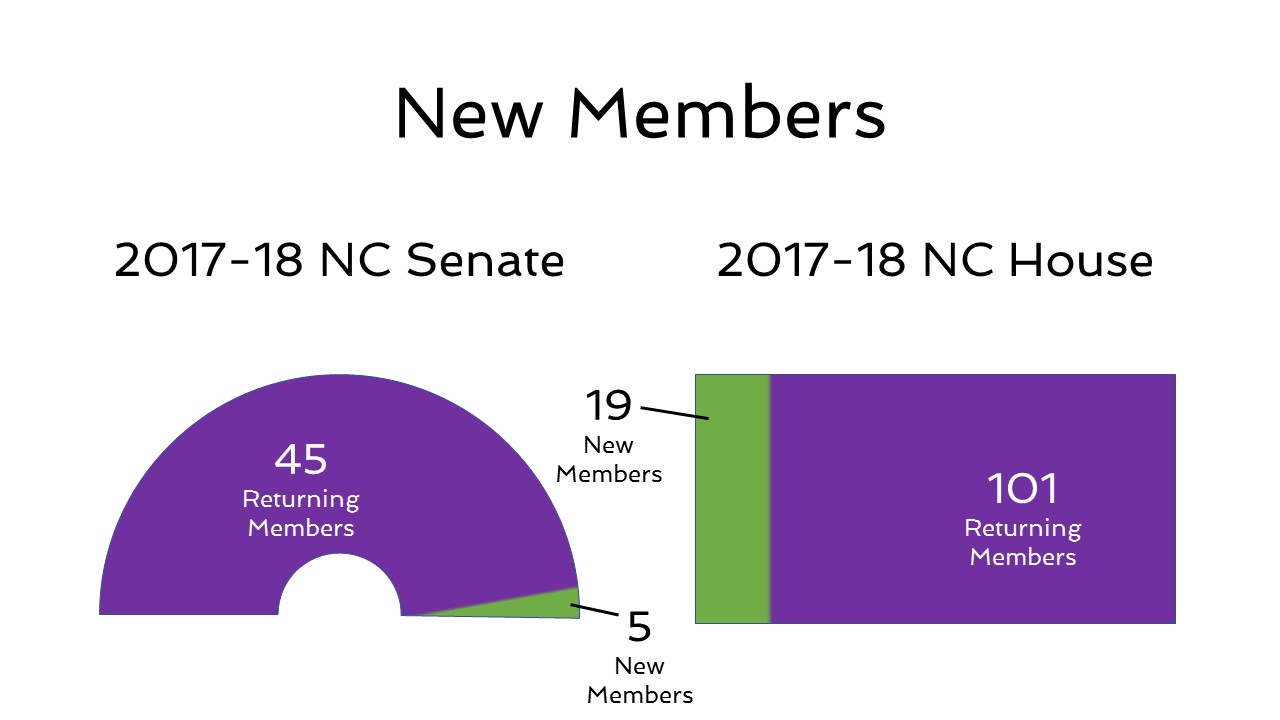 Demographic information is important to understanding the composition of the legislature. Instead of looking at the usual race or gender breakdown, we decided to take a look at another bit of demographic information: occupation. Based on
Demographic information is important to understanding the composition of the legislature. Instead of looking at the usual race or gender breakdown, we decided to take a look at another bit of demographic information: occupation. Based on 

